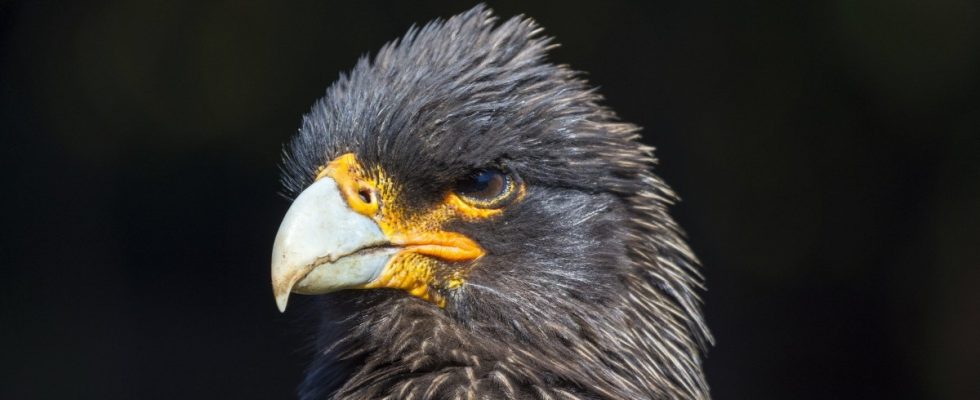Anyone who wants to observe the behavior of wild animals usually has to have a lot of patience: it takes a lot of time just for the animals to get used to the presence of a human. Only then can biologists firstly get close enough to their research objects, and secondly, only then do the animals show their natural behavior.
Katie Harrington didn’t have this problem. When the behavioral ecologist from the University of Veterinary Medicine Vienna wanted to test the intelligence of Falkland caracaras, she often had to keep the vulture falcons, which only occur on the coasts of the Falkland Islands and Tierra del Fuego, at bay. She also had to keep bringing her equipment to safety – the falcons, which are among the rarest birds of prey in the world, were keen to examine the unknown devices.
This great curiosity of the caracaras, also called Johnny Rook, was the first indication that the birds were something special. Because only those who are curious and try new things are innovative. And innovation, for example the ability to find a new solution to a problem, is for behavioral biologists a measure of the intelligence of a living being.
In fact, Katie Harrington discovered that Johnny Rooks are some of the masterminds in the bird world. According to her results, which the researcher recently published in the scientific journal Current Biology published, the caracaras can certainly rival the intelligence of the much-lauded parrots, some of which can learn human language and use specific tools. Or that of corvids, of which we know that some species can even understand hidden connections and think abstractly.
The Johnny Rooks pulled wires, pushed aside doors and rattled bolts to get their reward
Harrington tested 15 Johnny Rocks in their natural environment in the Falkland Islands using an “innovation box” originally designed to test the intelligence of goff cockatoos, a species of parrot considered to be extremely smart. The box is octagonal, made of plexiglass and is divided into eight compartments. Each compartment contains a reward visible to the birds, and Harrington placed small pieces of meat inside for the caracaras. In order to get the reward, the test animals first have to solve a task, a different one for each of the eight compartments.
In Harrington’s experiment, the caracaras had to shake a kind of bolt with their foot or beak until the piece of meat fell off. Other tasks included pulling a wire so that a window opened and revealed the reward; to push a little door aside, or even to tear up a piece of paper that stuck to a window behind which the reward was.
Ten of the 15 Johnny Rocks Harrington tested managed to complete all eight tasks and claim the reward. None of the animals failed completely, all of them at least found the solution to a task, even though they were wild animals that had never seen such a strange thing as an “innovation box” in their lives. The hardest thing for the falcons was to tear up the paper, Harrington writes in her study. There was also a task called “twig,” in which the animals had to remove a small piece of wood so that a board lowered and the reward fell down.
Overall, the caracaras performed just as well as the goff cockatoos, which had been presented with exactly the same problems in another experiment. According to the study, they even solved some tasks better.
But while the intelligence of parrots has been known for some time, the cognitive abilities of vulture falcons are a surprise. The animals, which are a good half a meter tall, are related to parrots and crows, but so far birds of prey have generally not been considered particularly smart or resourceful by behavioral researchers.
Harrington believes the Johnny Rooks’ ingenuity has to do with their barren habitat. In the summer, the falcons can occasionally grab an animal from one of the seabird colonies that nest on the Falkland Islands. But in winter the seabirds are not there. And the caracaras have to think of something to avoid starving.

